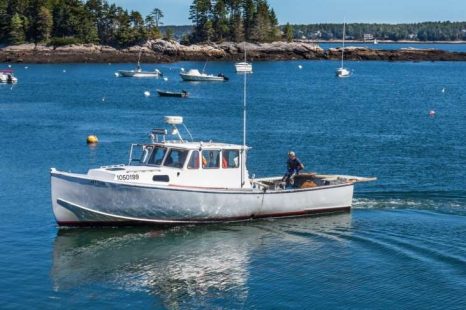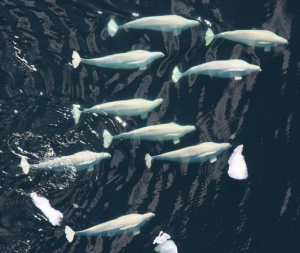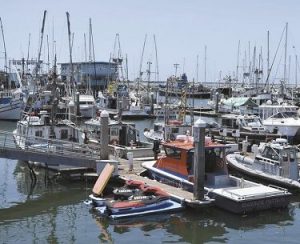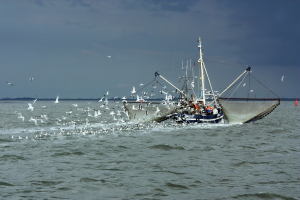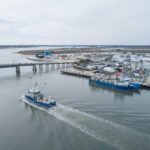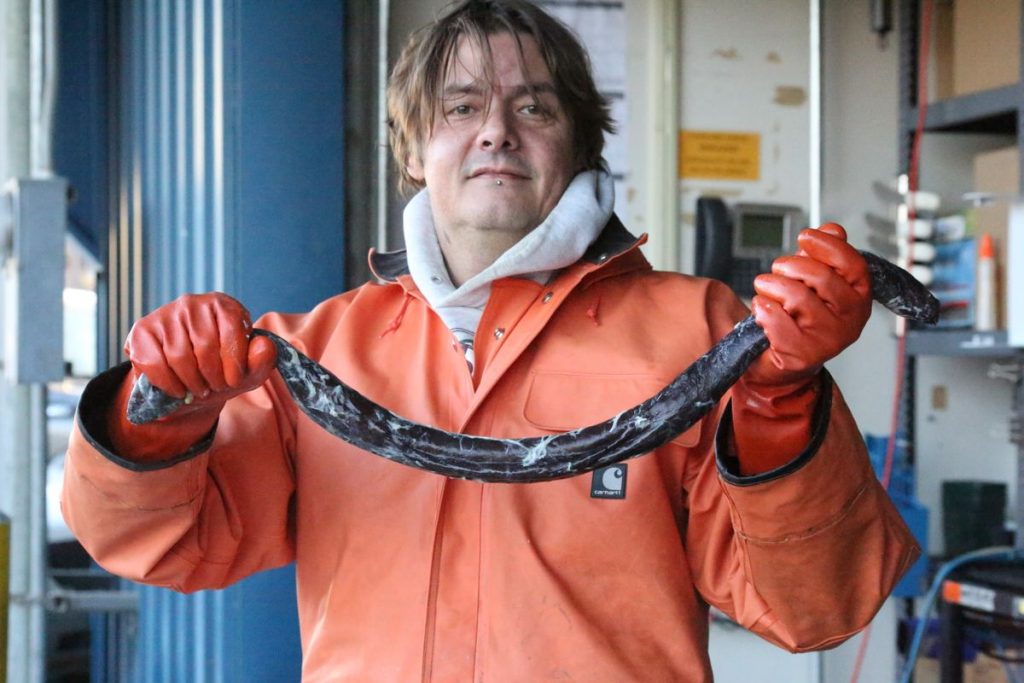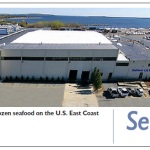Monthly Archives: July 2018
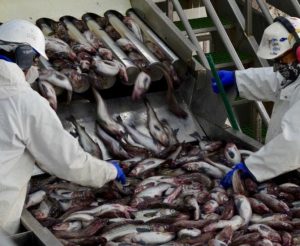
Ukrainian seafood buyers want to connect with Unalaska’s fisheries
International seafood buyers are scheduled to visit Unalaska this month, but they don’t hail from a massive importer like China or Japan. They’re coming from Ukraine — a once-modest market for Alaska fish that’s slowly reemerging after political upheaval and economic crisis. In 2013, Ukraine spent $105 million on American seafood — a record for the Eastern European nation that loves hake, pollock and salmon roe. But two years later, those imports had plummeted almost 70 percent as the Ukrainian government was overthrown and parts of its land occupied by Russia. >click to read<21:22
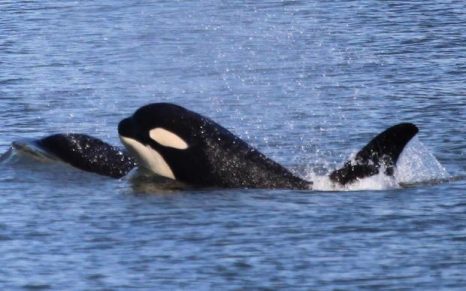
The ‘Soul’ of the Pacific Northwest is dying of starvation
“I believe we have orcas in our soul in this state.” Those were the words of Washington Gov. Jay Inslee earlier this year after forming the Southern Resident Orca Task Force, an initiative meant to keep endangered killer whales alive in the region. Scientists point to a number of factors for the dwindling number of orcas in the region, including pollution, both old and new sources, that accumulate in their primary prey, Chinook salmon. This pollution gets stored in the orca’s fatty tissues, suppressing their immune system and making the whales more susceptible to disease… “It’s an ecosystem-wide problem,” Hanson said. “Things are out of whack and we have to get them back to where we can sustain killer whales. And the clock is ticking.” >click to read<18:00

Starting a squidding venture on a famed wooden dragger: Stan and Eric’s excellent adventure
Some folks may think Stanley Larsen, owner of Menemsha Fish Market, could have a screw loose, or perhaps it’s a midlife crisis, but standing with him overlooking the painting and freshening-up of his recently purchased wooden dragger Richard & Arnold, you know this new love in his life runs deep. It’s been raining a lot, and the famed wooden dragger just arrived from Provincetown, its home since 1982, when it was purchased by Capt. David Dutra. According to his wife, J.J. (Judy) Dutra, in her book “Nautical Twilight,” “the boat was built in Fairhaven, Massachusetts, by Casey Boat Building Co. in 1924, and began fishing in 1927. She’s 52 feet on the waterline and 60 feet overall, with a beam of 15 feet. She draws seven feet, a deep keel for such a small boat, but that’s what makes her seaworthy.” Larsen is excited to own a piece of history. >click to read<15:07

U.S. Coast Guard: Hoax calls affect us all
“This is the fishing vessel SOL E MAR. This is a MAYDAY, we’re sinking, we need help now!” were the some of the last words of 19-year-old Billy Hokanson, as the fishing boat that he and his father, William was on sank to the bottom of the ocean on March 25, 1990. Coast Guard Stations Menemsha and Brad Point, both off the coast of Cape Cod, Massachusetts, received the distress call on marine radio channel 16 – distorted by heavy amounts of static. Both stations attempted to call the boat back, but did not get an answer. About a minute after Hakanson’s transmission, a separate call came through channel 16. “SOS, I’m sinking,” the caller said in playful tone with laughter.,, Five days after the call for help was made, William’s wife reported them overdue. >click to read<11:38
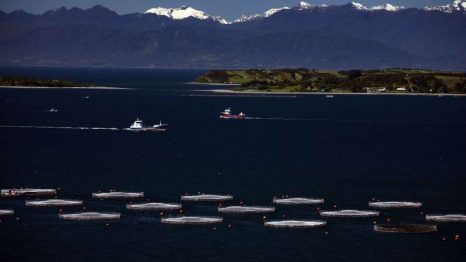
Great Salmon Escape Threatens to Taint Chile’s Fish Farms
About 900,000 salmon escaped from a Marine Harvest ASA farm during a storm on July 5, according to the Bergen, Norway-based company. The fish are not fit for consumption, Marine Harvest said in a press release. The company has recovered about 250,000 salmon and taken them to a nearby site, it said in a separate statement on July 9. About 680,000 fish are still missing and it is collaborating with the local Fisherman’s Federation to recover the remainder, Marine Harvest said. Chile’s salmon industry was already under attack for the use of hundreds of tons of antibiotics every year and allegations that the dumping of dead fish in the past have fueled algae blooms that damage the local fishing industry. >click to read<10:51

Manatee County Sheriff’s Office arrests Cortez net thief
A theft in Cortez has been tied to a man found on a deserted island. Manatee County Sheriff’s Office arrested Timothy Lee Thompson, 53, of Cortez, June 27 for stealing a Cortez commercial fisherman’s seine nets. The nets went missing two days earlier from a boat docked in the 12400 block of 42nd Avenue Drive West. MCSO Deputy Daniel Hearn and Sgt. Russell Schnering found the suspect on an uninhabited island known as Gilligan’s Island, located north of Manatee Avenue on Anna Maria Sound in Perico Bayou. They also located the nets valued at $2,400. >click to read<10:25
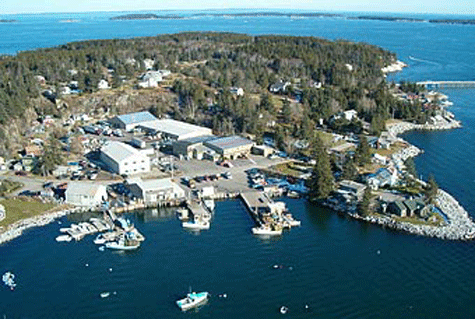
Former seafood company manager alleges he was fired after reporting illegal actions
The former general manager of a Spruce Head Island seafood company claims he was fired after raising concerns to the president of the parent corporation about illegal actions that included repackaging expired seafood as new. The claims are included in a lawsuit filed June 18 in the Knox County court by Corey Thompson of St. George against Atwood Lobster, LLC; Maine Lobster & Processing, Inc.; Jorzac, Inc.; Mazzetta Company, LLC; Beach Point, LLC; Londonderry Freezer, LLC; Highwood Cold Storage; and Gloucester Seafood Processing. The attorney representing Atwood Lobster and the related firms said the companies deny any violation of the law when it terminated Thompson’s employment. Attorney Tawny Alvarez of Portland said the companies also deny claims made by Thompson about repackaging expired seafood. >click to read< 21:22
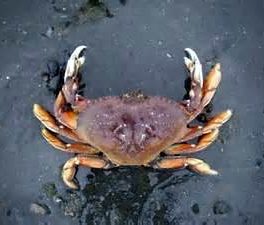
Southeast Dungeness crab fishermen will have full season in 2018
Southeast Alaska’s Dungeness crab fishery had a strong first week and will not have a shortened season like last year. The summer season for most of the region started June 15. The Alaska Department of Fish and Game announced in late June that crabbers would have a full two-month summer season. Fishermen caught more than 871,000 lbs. during the first week. The agency uses the first week’s catch to estimate how many crab will be harvested during the season. Tessa Bergmann with Fish and Game in Petersburg said this year’s estimate is the third highest on record. “Our harvest estimate for the 2018 season is just over 3.7 million lbs.,” Bergmann said. That is well above the 2.25 million lb. estimate required for a full season in Southeast Alaska. It will mean crabbers can keep fishing through Aug. 15. >click to read<15:08

Nordic Lady: Keeping a Good Boat Up to Date
When Trygve Westergard bought the 98- by 28-foot Judi B in the spring of 2016 he was entering a new chapter in a varied marine career. Growing up on a remote island off Ketchikan, Alaska as the third generation of Norwegian-Danish family, he had fishing in his blood and his environment. A stint at the California Maritime Academy earned him an unlimited masters license and a BS in marine transportation. After a decade of running everything from ferries to off-shore boats and filling the gaps with fishing, Westergard decided it was time to come home. Given the price of quota the logical entry to the Alaskan fishery was with a tender to collect fish from other boats. This business would also allow his family on board for part of the year. In the Judi B,,, >click to read<12:45
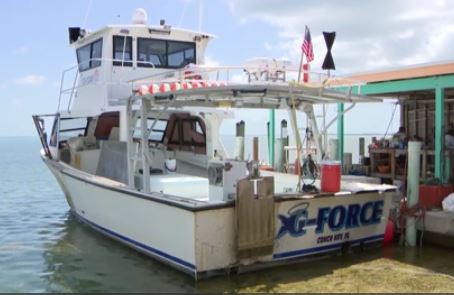
Florida Keys fishermen talk impact of President Trump’s tariffs
Jeff Cramer is a longtime Keys commercial fisherman who operates a fish house in Marathon. He buys lobster from as many as 20 different boat captains and then sells them all to his Chinese buyer. “I’m just hoping our president can resolve this little trade war he’s got going with Europe and China. A lot of us voted for him and maybe this will work out in the long run, but for the short term, it’s really going to devastate us after we had that hurricane last year. A lot of guys are living off the SBA loans that they have to start paying back in a little bit,” Cramer said. “Let’s see what happens. He got Rocket Man to back down, let’s see if he can get the Chinese president to back down,” Cramer added. Gary Nichols also voted for Trump and is standing by him. >click to read<11:44

Mesothelioma Victims Center Urges any Commercial Fisherman with mesothelioma due to asbestos exposure to call.
The Mesothelioma Victims Center says, “We are reaching out to a commercial fisherman who now has mesothelioma due to asbestos exposure while working on a fishing boat(s) that had a home port on the west coast, east coast, the Gulf of Mexico, or Alaska. A commercial fisherman with mesothelioma typically did not work on just one fishing boat. Typically, we find that these men did everything on the boat from mechanics, repairs, or upgrades. If you are a commercial fisherman and you have been diagnosed with mesothelioma, or their family, please call us anytime at 800-714-0303. What we want to do it simply ensure a victim of mesothelioma receives the very best possible financial compensation.” >click to read<11:11
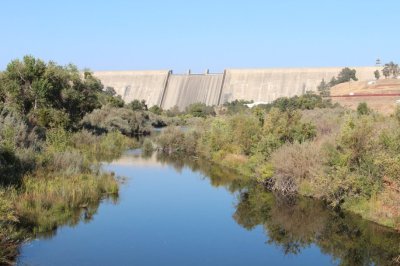
California water wars: Its fish vs big agriculture once again
Citing nine years of research and extensive public outreach, the Board announced the increased water flows were designed to “prevent an ecological crisis, including the total collapse of fisheries,” according to a statement from the Board. “The San Francisco Bay-Delta is an ecosystem in crisis. The Board’s challenge is to balance multiple valuable uses of water—for fish and wildlife, agriculture, urban, recreation, and other uses,” said State Water Board Chair Felicia Marcus. “Californians want a healthy environment, healthy agriculture, and healthy communities, not one at the expense of the others. That requires the water wars to yield to collective efforts to help fish and wildlife through voluntary action, which the proposed plan seeks to reward.” >click to read<10:39
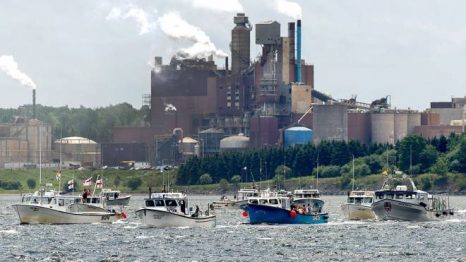
Pulp fiction on a glorious summer weekend
The province churned out a little pulp fiction as another glorious summer weekend began. “Any decision,” according to the scripted words of Nova Scotia’s Environment Department, “must be based on science and the best available evidence.” Any decision, of course, is one decision, namely whether effluent from the Northern Pulp Mill will be pumped out into the middle of the Northumberland Strait for dispersal with the currents. Having shuffled the cabinet the day before Friday’s mass rally to protest the pipe plan crowded the old town of Pictou and its harbour, the government could pretend it didn’t have a minister briefed-up to speak to the issue. >click to read<10:00
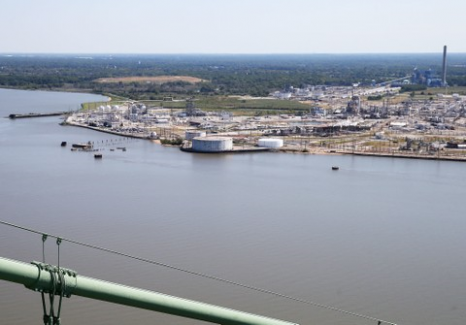
New law ‘turns on the spigot’ at old plant that treats wastewater on Delaware River
A South Jersey company could soon again be processing millions of gallons of hazardous wastewater and dumping the residue into the Delaware River thanks to a bill signed into law by Gov. Phil Murphy. The measure updates the definition of what an existing hazardous waste facility is under state law, basically grandfathering in Chemours’ wastewater treatment plant in Carneys Point, enabling it to possibly resume again accepting outside waste to treat. During the multi-step process, solids are removed and the cleaned water is dumped into the nearby Delaware River. >click to read<08:58
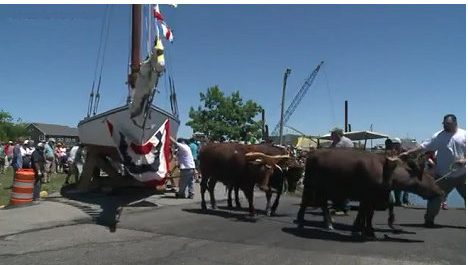
Blackjack – Oldest Friendship Sloop re-launched in Rockland
Over the past three years, the folks at the Sail, Power, and Steam Museum have been restoring a 118 year old vessel, Blackjack. Museum Founder, Captain Jim Sharp helped bring Blackjack back to life. The vessel was originally built by Wilbur Morse in Friendship, Maine. Sharp says sloops are symbolic of Maine’s fishery. “Everybody owned a Friendship Sloop. Wilbur Morse built more than 500 of them right here in Muscongus Bay, so they were used for everything at that time; all the fishing, it carried a man’s supplies out to the islands, and it would come to shore to attend church on Sunday’s,” explained Sharp. Video >click to read<14:55
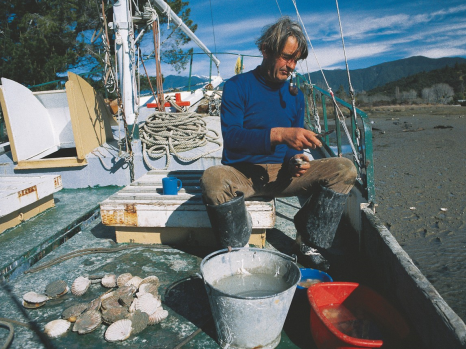
A fishing life
It was a laugh when we started. Mike and I really didn’t know what we were doing. When you’re going for flounders you’ve got to set the net pretty low, and every now and again you get five tons of muck instead of any fish, or you might find some fish but you’ve got to hose them out. Neither of us could mend the net, not in a hurry anyhow. We blundered on like this for three months. One night, it was about 11 o’clock, we were still out in the bay there, with the lights on, hosing mud out of a trawl.,, We saw some lights coming towards the boat. This boat pulls up. It pulls up pretty close to us, a voice comes across from the wheelhouse: “I can’t bear watching you two stupid bastards going broke any longer!” It was Jack Flowers. >click to read<11:53
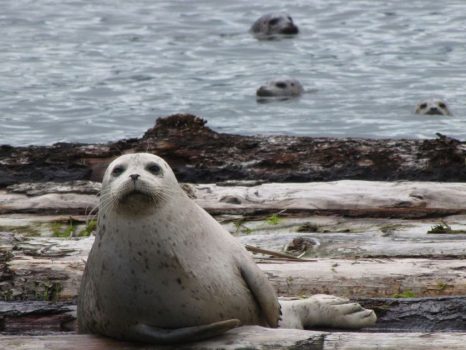
Exploding Salish Sea seal population sparks call for a cull
Tens of thousands of seals in the Salish Sea are devouring millions of adult and juvenile salmon, sparking renewed debate about culling the furry predators. Recent studies have linked high seal-population density to troubled chinook runs and the decline of southern resident killer whales that feed on chinook in the summer.,, A tenfold increase in the population of harbour seals in B.C. waters since then is linked to a massive drop in marine survival of chinook salmon in 14 of 20 wild populations in a new study from the University of British Columbia. By contrast, hatchery fish — another potential explanation — had little impact. “Changes in numbers of seals since the 1970s were associated with a 74-per-cent decrease in maximum sustainable yield in chinook stocks,” it reads. >click to read<10:27
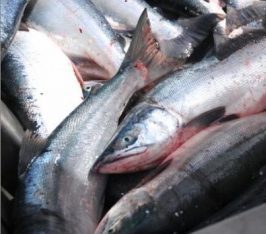
Bristol Bay sockeye harvest breaking records as other districts suffer
The Nushugak District in Bristol Bay is experiencing an all-time record harvest of sockeye salmon as other districts across Alaska suffer poor returns. “Last year the Nushagak set an all-time record of 12.3 million fish for the year, I just got off the phone [on Friday] with the manager and he expects that record to be broken today,” said Art Nelson, a spokesperson for commercial fisheries at the Alaska Department of Fish and Game. “And there are more fish to come.” Other districts across Alaska have been struggling with poor sockeye harvests. >click to read<08:44
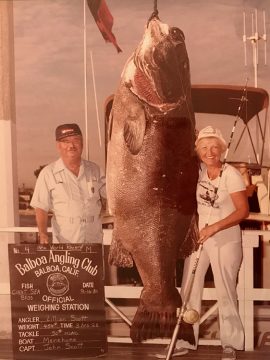
Chance encounter leads 90-year-old angler to reconnect with her legendary status
Over the past 90 years, Lillian Scott has told a lot of big fish stories – but unlike most weekend anglers, she’s got the evidence to back hers up. Most of he pictures in Scott’s home show her standing next to fish the size of small cars with her late husband John, who was also their boat’s skipper. She also has a blue binder filled with newspaper and magazine clippings, photos and other mementos of a lifelong passion for fishing on the sea. But despite nearly a century of collecting her own fish stories – an arm trapped in the belly of a giant bass, reeling in the half-eaten dinner from inside another colossal fish – perhaps one of her most extraordinary tales happened in February during a chance encounter at Bass Pro Shops. >click to read<21:37
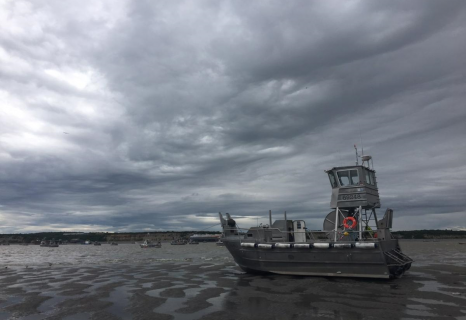
Naknek-Kvichak District closes to boost Kvichak River Escapement, Special Harvest Area will be open
A big announcement today from the Alaska Department of Fish and Game today. The Naknek-Kvichak District is closed. The Naknek River Special Harvest Area will be open to drift gillnet gear tonight at 8 p.m. That triggers the Egegik District to close and move into the Egegik River Special Harest Area. Drift gillnetters there will also see an 8 p.m. opening. Across Bristol Bay’s five districts, no dual permit boat may have more than 150 fathoms of gear on board, starting this at 8 p.m. as well. These restrictions are an effort to boost escapement on the Kvichak River, which is far behind where it needs to be to meet the bottom end of its goal, 2 million sockeye. >click to read<20:09
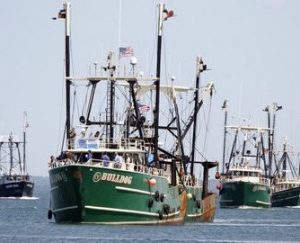
Opinion: Revitalizing waterfront is still up to sectors and Carlos Rafael
Carlos Rafael misreported his groundfish catch, and in its piece, “Time for NOAA to let Sector IX fish again,” the times is misreporting facts. First, NOAA didn’t calculate, as the piece states, that Rafael misreported just 72,000 poiundes of grey sole. He openly admitted to stealing over 10 times that amount, of several different fish stocks. Rather NOAA has apparently calculated that all but some remaining grey sole has been repaid, with quota seized earlier to cover the debt. Second, neither Sector IX has submitted a plan to return to fishing. Hank Soule >click to read<19:20
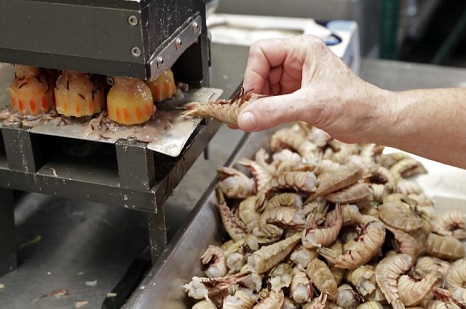
From trash to treat: Rock shrimp’s rise to fame in Florida
After trawling the Atlantic Ocean for days, Rodney Thompson returned to his Florida home and dropped buckets of rock shrimp in the middle of the kitchen. He ordered his four school-age children to stop playing and figure out a way to cook them. Rock shrimp were considered trash. Their hard, spiny shells would split thumbs open and take forever to peel. Thompson’s challenge to his children lasted for months, until his oldest daughter, a teenage Laurilee, had the idea to split them open, cut out the sand veins and broil them like lobsters. They were delicious. That was 50 years ago. >click to read<17:53

Four fishermen rescued off the coast New South Wales
Four men are lucky to be alive after they were rescued from a sinking trawler off the south coast of New South Wales on Saturday morning. A rescue chopper was sent out to the scene at Bengunnu Point at Mimoso Rocks National Park, south of Canberra after an alert was sent out by the men at 6.20am on Saturday. The men’s ship allegedly hit rocks in the peninsula causing it to start sinking. A large amount of floating debris of the trawler was found in the waters and on a nearby beach. >click to read<12:56
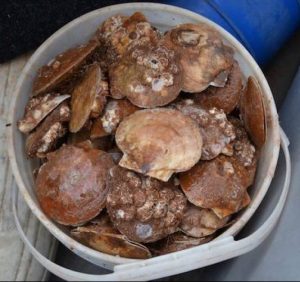
Newfoundland scallop fishermen left high and dry
I’m sitting here thinking about how our elected government is forcing our 3PS scallop fleet to destroy the only bit of fishing ground (north bed) that they gave our fleet to fish in 2006 by building invisible fences around the rest of the grounds which are known as the southern and middle beds. We always had the right to fish there, but inside those fences now only the offshore fleet from Nova Scotia is allowed to fish. How criminal this is for is Newfoundland fishermen to be banned from fishing our own waters where we can fish for any other species. Paul Snook, Fortune >click to read<10:46
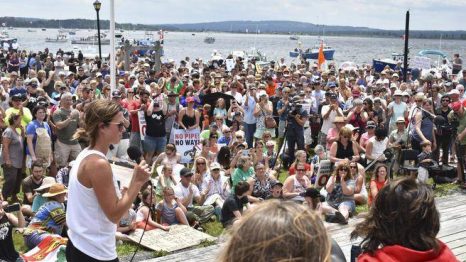
Fisherman questions how province can ‘be both the regulator and the sponsor’ for mill’s treatment plan
There was no trust for the province’s Department of Environment on Pictou’s wharves or in its harbour on Friday. “Trust gap? There’s no trust, it’s more than a gap,” said Allan MacCarthy. The Caribou fisherman had brought his vessel, The Red Trapper, to join hundreds of other fishing boats from around Nova Scotia, Prince Edward Island and New Brunswick for a protest in Pictou Harbour. They were met by a large crowd that also came from around Atlantic Canada to march down to meet them at the Pictou Marina. “The provincial government is heavily compromised in this,” said MacCarthy. “They are paying for it — everybody knows that. So how are they going to be both the regulator and the sponsor?” >click to read<09:11









